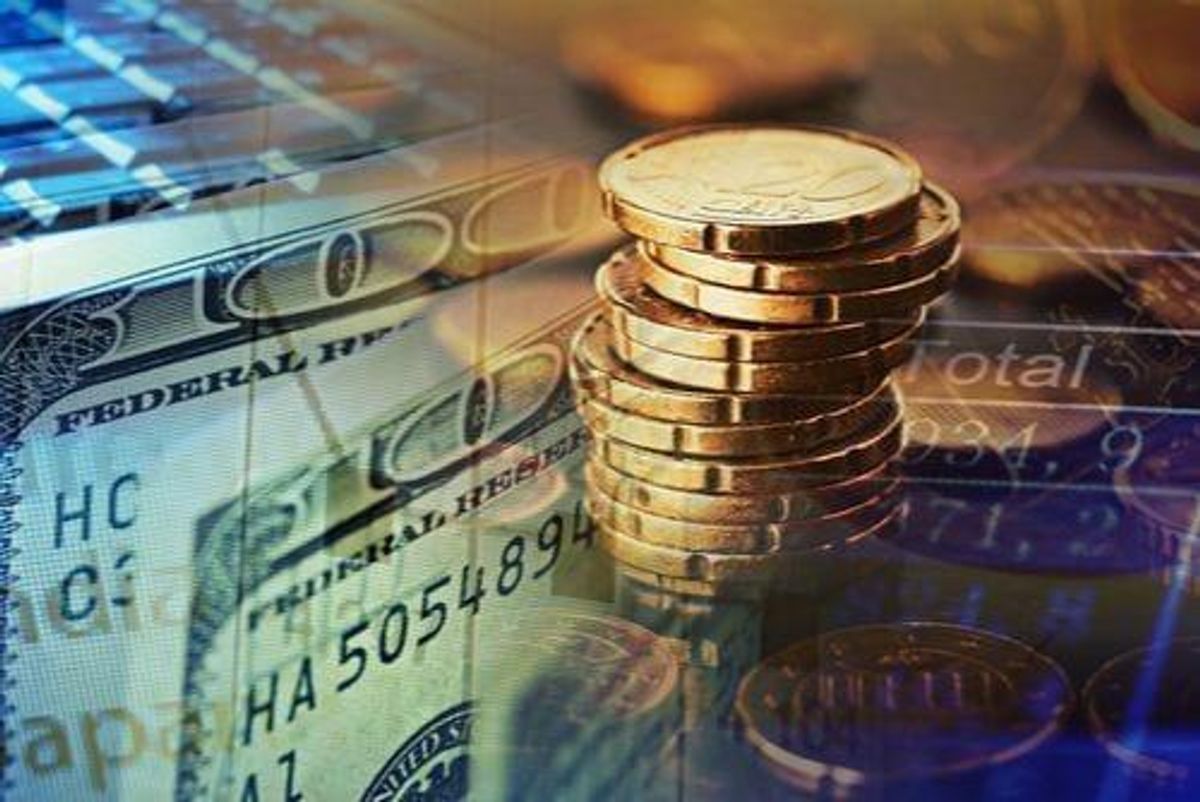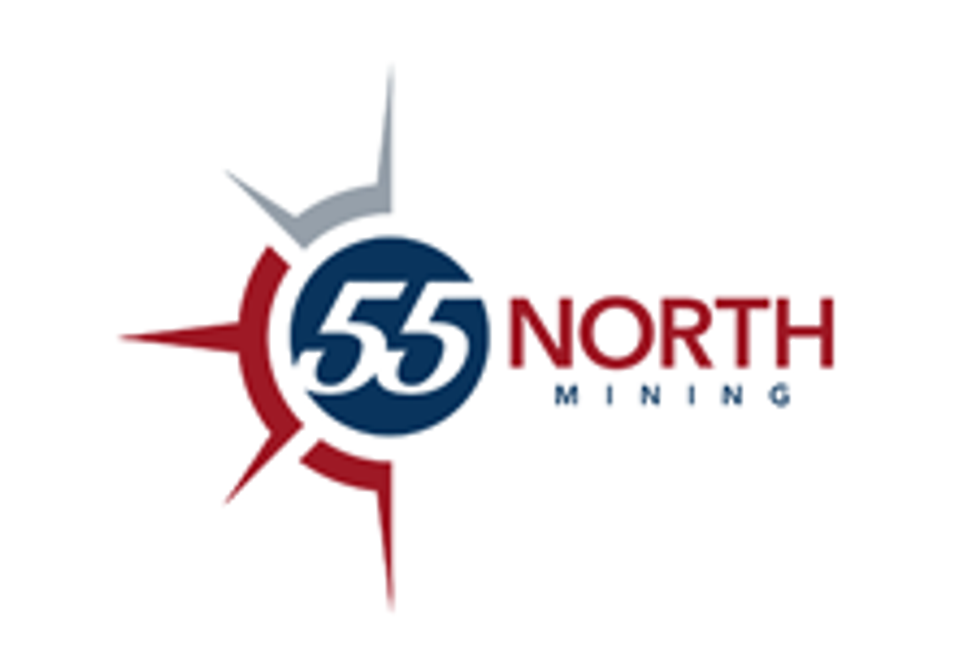Gold Reaches 2 Month High as Global Trade Tensions Mount

Gold made gains on Monday, pushing above the psychological US$1,300 level, due to growing trade tensions between the US and China.
Gold climbed over the US$1,300 per ounce level on Monday (June 3) as investors grew concerned that the ongoing US-China trade tensions and Washington’s threat of tariffs on Mexico could negatively affect the global economy.
Investors turned to the precious metal as a safe haven to ease the effects of the current geopolitical turmoil, pushing gold prices over a two month high.
“Gold has also cruised pretty seamlessly across important levels such as US$1,293 and US$1,300,” said Ross Norman, chief executive at Sharps Pixley.
The situation between the US and China took a turn for the worse when the two power countries clashed at the Shangri-La Dialogue in Singapore over security disputes surrounding Taiwan and the South China Sea.
Industry experts have noted that gold stepped back into the spotlight at the end of last week, when US President Donald Trump first revealed his plans for tariffs on Mexico.
“Gold finally behaved like a safe haven last week, breaking out higher after the trade war escalation led to a code red for global growth,” stated Edward Moya, senior market analyst at OANDA.
In fact, Friday (May 31) was the first time the yellow metal surpassed the psychological US$1,300 level since April, staying roughly US$20 behind it during that time.
The current geopolitical landscape has some analysts believing that the US Federal Reserve will have to lower interest rates this year in order to offset the increasingly slow pace of economic growth that is a result of the ongoing trade disputes.
Also affected by the trade war concerns are government bond yields in the US, Germany and various other countries.
Looking ahead, analysts at FocusEconomics see gold prices increasing even further as 2019 continues, averaging around US$1,345 by Q4.
“Geopolitical uncertainty and a less favorable growth environment should continue to support safe haven demand. Our panel sees gold prices rising through 2020 and averaging US$1,397 in Q4,” panelists at FocusEconomics said in a recent report.
Additionally, Goldman Sachs (NYSE:GS) believes that US$1,307 will serve as a key moment for gold. “Getting through US$1,307 would allow for a minimum next level target at US$1,330. The broader implications of that break would however support the view that gold might finally be continuing a trend that stalled in January,” the firm recently said.
As of 12:46 p.m. EDT on Monday, gold was up 1.22 percent, trading at US$1,320.80.
Don’t forget to follow us @INN_Resource for real-time news updates!
Securities Disclosure: I, Nicole Rashotte, hold no direct investment interest in any company mentioned in this article.




